Authored by: Christopher Quaile ISA# NJ-0171A, NJLTE #709
Tree Superintendent The City of Jersey City
Trees in the urban environment face many difficulties that their counterparts in more rural areas are simply not exposed to. Consider the tale of Platanus x acerifolia, (his friends call him Mr. Planetree, or London Plane for short) at 555 Jersey Avenue, which stands directly in front of a new 45 unit high rise apartment building.
Mr. Planetree has resided at this address for 50 years now, but Jersey City is in a period of development, which has brought a number of changes and impacts which our friend will have to deal with if he wishes to remain.
For example, during the demo of the previous structure that Mr. Planetree used to shade for decades, the developer needed room to get the excavator onto the site. The only access point was blocked by a 6” diameter scaffolding branch that extended out down the block over the sidewalk.
Without hesitation, the workers grabbed their trusty reciprocating saw and cut the limb. Luckily for Mr. Planetree, they thought, they only needed to cut half of the limb. They selected a random spot along the branch and made the cut leaving behind a large stub. As the excavator rolled in, the ground was compacted under the weight of the equipment, Mr. Planetree’s roots included. The builders didn’t want to muddle the building site with materials as they worked, so they had them delivered and stockpiled under the tree, which had a dual use of being able to be held up against the tree for easier access.
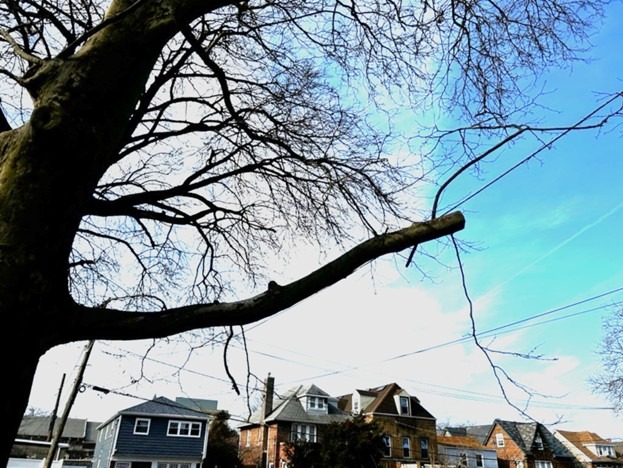
Root damage from sidewalk work on London Plane Tree
The Building Department requires all new developments to replace the existing sidewalk so as the new structure was being erected, the old sidewalk was jackhammered and dragged off the roots of the tree. Aside from the wounds the scraping created, the roots which were once covered are now exposed to the air and drying out in anticipation of the new pour.
Engineering calls for a wider walkway, so the concrete needs to be poured right up to the flare on the building side to meet the new compliance standards. The masons finish the job with no problem but have a couple buckets of slurry left over from mixing the concrete – luckily for them, the last remaining speck of exposed soil offers a convenient place to dump their runoff. I almost forgot to mention that the Planning Board approved the new driveway for the new construction because of the increase in residents to the property, so new curb cuts and sloped driveway has to run just 6’ away from the trunk and through the heart of the critical root zone. The water service company permitted a new sewer line to be run as well to accommodate the increase in use – this will need to be installed on the other side of the tree to avoid the driveway.
Re-routing the line or tunneling down to run the line would be expensive so the plumbers decide to just trench from the street connect into the building through the other side of the critical root zone. Whether the root system was damaged during all these processes is anyone’s guess!

Root damage from sidewalk work on London Plane Tree
Trees in Urban Areas of New Jersey
Of course, the new building will need an increase in electricity capacity to serve the new residents so the power company will need to install a new high voltage line down the block. To accomplish this, they, very professionally, “directional prune” out the entire center of the tree canopy, and don’t forget that they needed to staple no parking signs into the trunk in order to make sure they could get access to the tree with their work trucks.
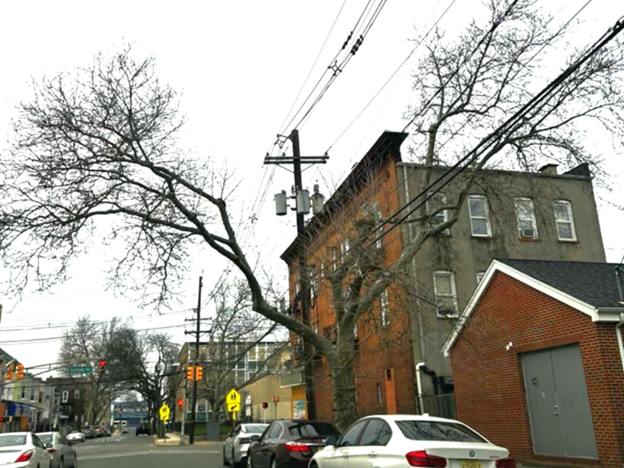
London Plane “directionally pruned” for high voltage lines
Now that construction is complete and the new residents have moved in, roughly half of the new tenants are dog owners, which makes this tree the first ‘stop’ and marking post for every dog on every walk as they exit the building on the way to the park.
As you also might expect, all the residents are busy getting settled into their new apartments and so there is constant hustle and bustle and need for items for the home. A delivery truck pulls up to the building for the 5th time today – to avoid blocking traffic, the driver pulls up onto the curb and comes to a stop into the 4’ wide tree bed. The top of the truck reopens the same wound the other trucks open multiple times every day. After the delivery is complete, the truck pulls off and takes a chunk of the branch off with it, causing a tear out that Mr. Planetree will never be able to properly compartmentalize. We can’t forget that tonight is garbage night and the building manager uses the trunk to pile up the garbage bags for the Sanitation employees to drag into the street for pickup.
In addition to the compaction caused by the debris, only the tree knows what seeps out of those bags into the soil! This is why trees in urban areas of New Jersey face many obstacles.

Dog peeing on a London Plane Tree
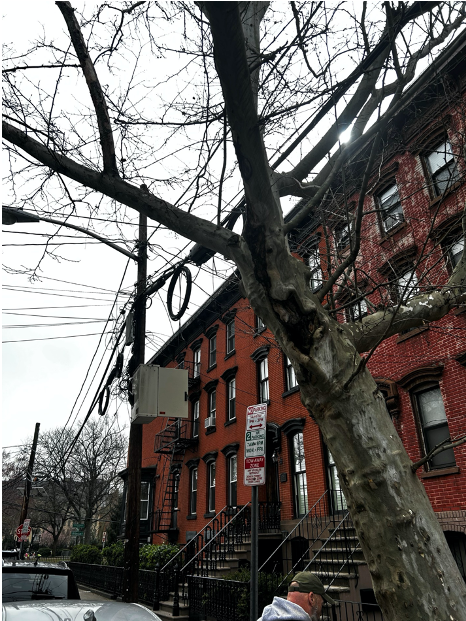
London plane tree with mechanical damage from vehicles on the curbside
Fast forward to Winter and the property owner and the public works department, in order to ensure the safety of the sidewalk and the roads respectively, spread a combined bagillion tons of rocksalt for every forecasted flurry (whether the snow actually materializes or not). This salt inevitably finds its way into the tree bed in quantities that are sure to radically alter soil chemistry for the worse.
Let’s stop here: to this point, our poor friend Mr. Planetree has had to endure improper pruning, topping cuts, cut and damaged roots, extreme compaction, soil contamination in the form of pet waste, road salt, garbage and concrete mix, mechanical damage, reduced soil and water access, and this is just scratching the surface. These actions lead to trees in urban areas of New Jersey struggling and in many cases even failing.
This story, and others just like it, are repeated again and again in varying degrees throughout the approximately 20,000 trees managed and maintained by the Division of Forestry in Jersey City, NJ. As municipal arborists, we are challenged with the task of not only repairing the damage that has been done previously to the trees, but also in trying to prevent or mitigate more of this damage into the future, to preserve the existing canopy of the City in an effort to help it expand and thrive against all odds. Leading to trees in urban areas of New Jersey flourishing.
In 2023, Jersey City completed an inventory of every tree City-wide, with a wealth of information collected, including condition, TRAQ risk rating, and recommended work for each tree. The inventory recommended removal on over 1000 trees, with many more listed as in poor condition and likely to need to be removed in the not-so-distant future. This is not to mention the thousands and thousands of trees recommended for pruning work that also needs to be addressed in the interest of public safety as much as for tree health.
Completing the inventory was key to allowing us to transition from reactive, request based work prioritization to pro-active, informed and targeted maintenance. Our first focus was to address high risk rated work which began in 2023 and completed in 2024. With the backing of this information and work, Forestry sought a tree work contract to bolster the capabilities of our in-house crew and we’re granted it in 2024 and again in 2025. This has allowed us to expand our reach, addressing our moderate risk work while simultaneously beginning a City-wide block pruning plan which we anticipate will allow us to hit the target of a 5-year pruning cycle for every tree in the City.
This preventative approach has allowed us to begin to get the Maintenance under control. Looking at the necessary ‘work’ (deadwood pruning and removals, corrective pruning, side-clearing and elevating to mitigate infrastructure conflicts, etc.),
we realize we can avoid these issues in the future by utilizing a forward-thinking approach and adopting a ‘tree care, not just tree work’ mentality. This is why in 2025, on the back of our previous work and 2 new arborist hires, we’ve been able to start some exciting programs based on a wide range of tree care techniques to address the issues that City trees must overcome. With a young tree training program started for 2025, we can train our trees while immature and can ensure our future canopy grows into proper form and structure while small, greatly reducing the need for drastic work in the future. Selecting the right tree for the right place with each new planting and expanding our planting beds in size to allow for more root growth and nutrient and water access is also integral. This expansion of the planting bed is also now being utilized to mitigate sidewalk uplift conflicts vs the past method of just cutting or grinding down roots and resetting the sidewalk exactly where it was.
When funding allows or for new developments in high traffic areas, tree bed guards are being installed. During young tree training work, the root collars are being excavated, girdling roots cuts while young, the soil is tilled and scarified, compost and mulch are added to mitigate compaction and correct soil structure and give nutrients back to the soil while neutralizing or minimalizing common contaminants.
Addressing all of these issues on a City-wide scale can seem like a daunting task, but as Municipal Arborists and Urban Forest Managers, we accept the challenge because the benefits of a healthy tree canopy in the urban environment have been proven: lower crime rates, healthier citizenry, cleaner air, cooler streets, less storm water runoff and pressure on the sewer system, traffic calming leading to less automobile accidents, increased property value, carbon sequestration, habitat for insects, birds and other wildlife, the benefits go on and on. This leads to trees in urban areas of New Jersey overcoming challenges.
Despite the trees in urban areas of New Jersey challenges from limited growing space, soil compaction, and pollution, municipal forestry programs throughout New Jersey continue to expand urban canopy coverage, recognizing trees as vital infrastructure rather than merely decorative elements in the state's urban planning strategies.
Trees in Urban areas in New Jersey can flourish despite challenging city conditions through strategic planning, proper care, and community involvement. The key to successful urban forestry lies in understanding the unique constraints of city environments while implementing science-based management practices.
By adopting a forward-looking tree care approach, we’ll ensure that the city will have healthier trees and a thriving canopy for the next generation to steward. Trees in Urban Areas of New Jersey can succeed. That’s why in Jersey City, our mantra is: Not tree work, tree care!
 Add Row
Add Row  Add
Add 

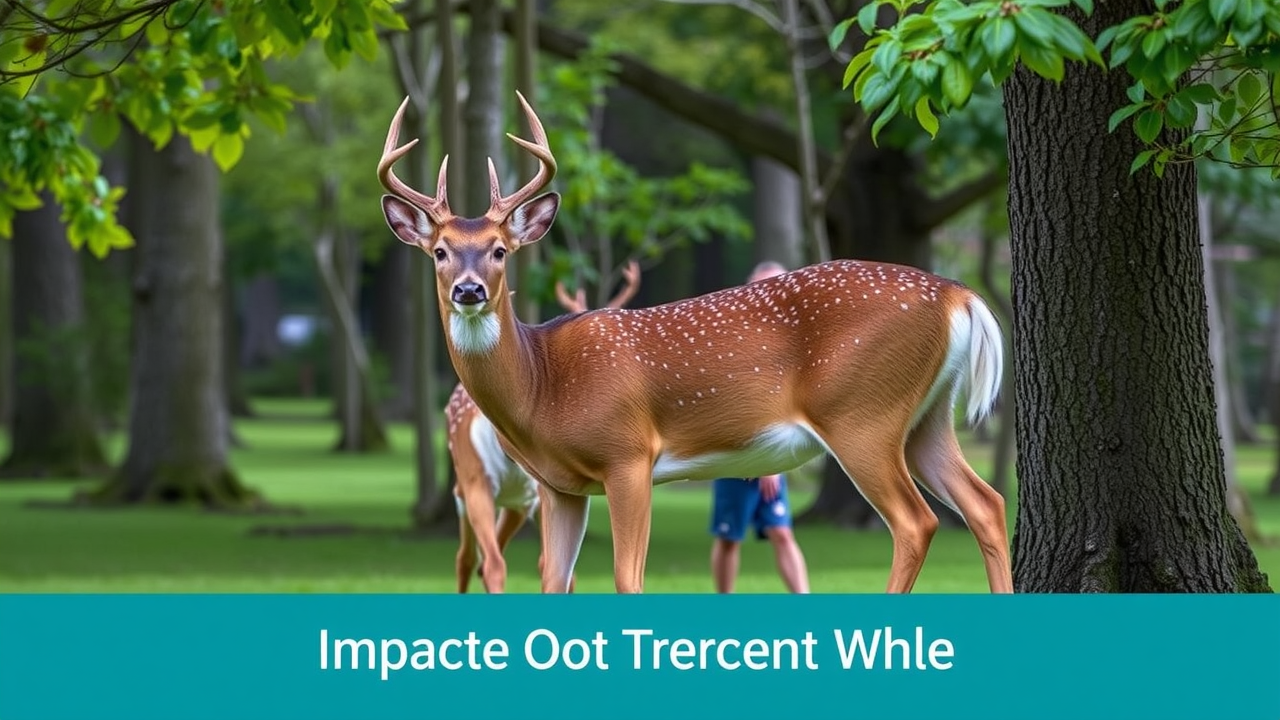
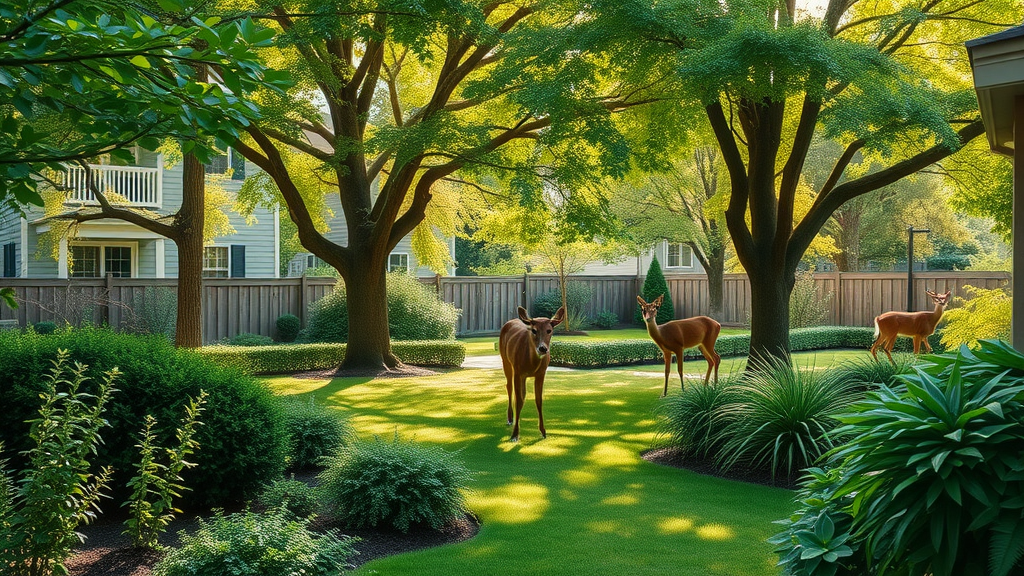
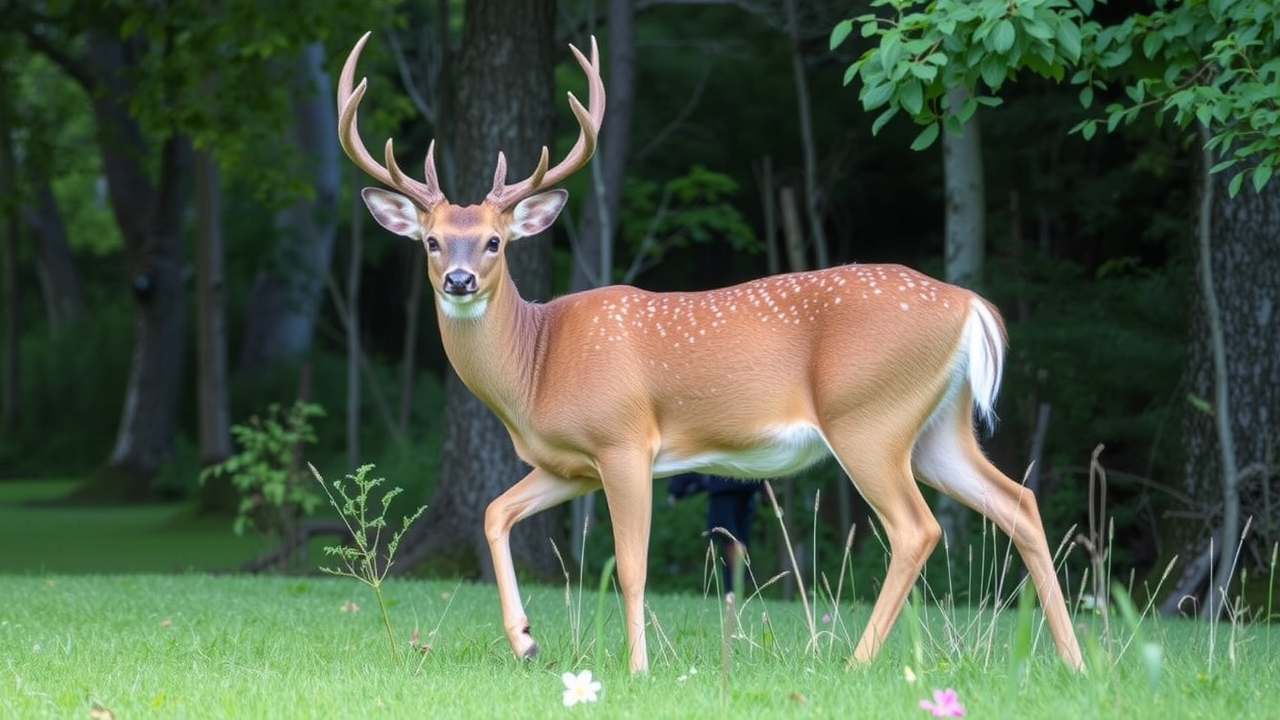
Write A Comment